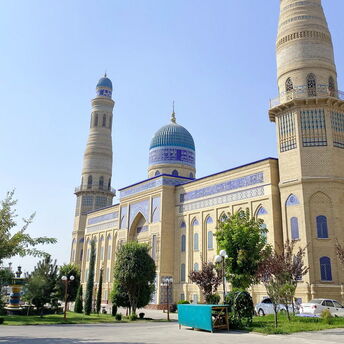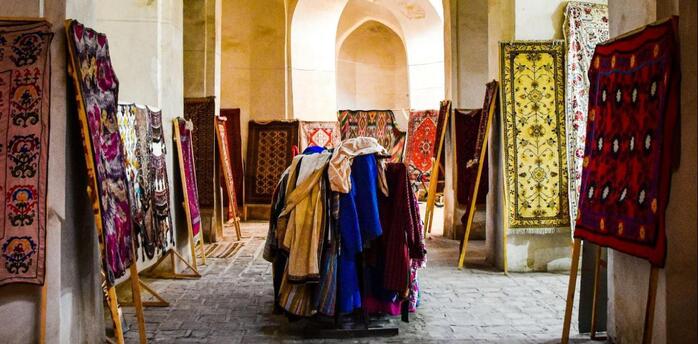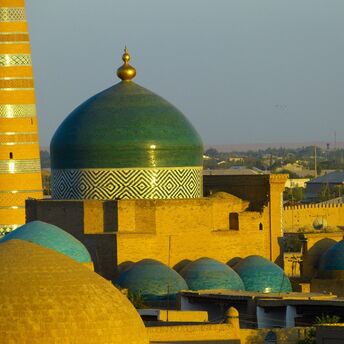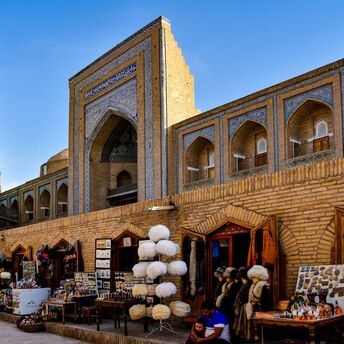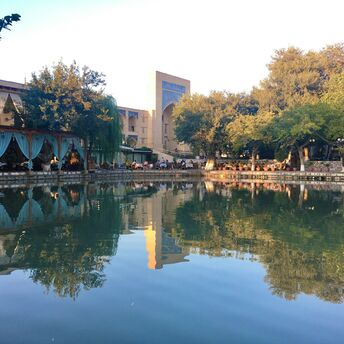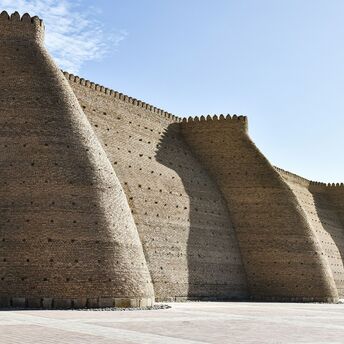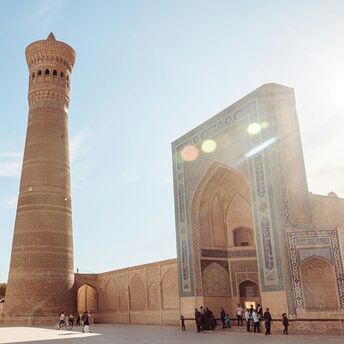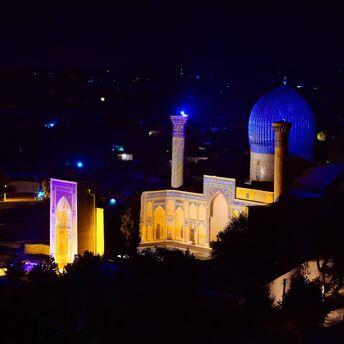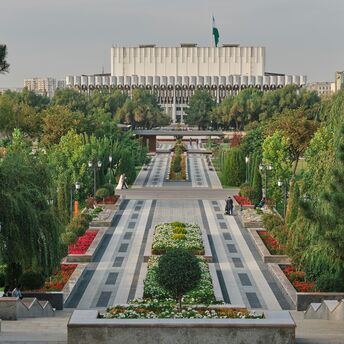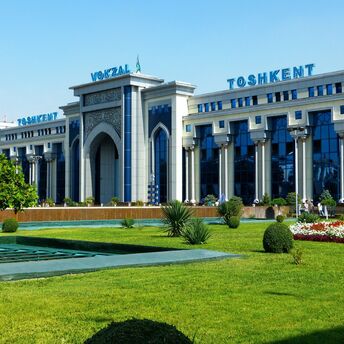Gur-e-Amir Mausoleum: The Eternal Resting Place of a Legendary Conqueror
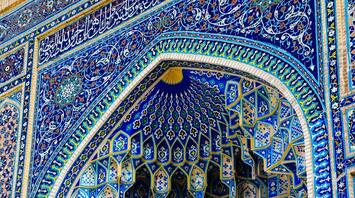
The Gur-e-Amir Mausoleum, located in Samarkand’s historic heart, stands as a significant symbol of both the city’s rich past and Central Asia’s architectural heritage. As the final resting place of the famed conqueror Timur, also known as Tamerlane, this mausoleum serves as a monument not only to his rule but also to the artistic and cultural advancements achieved under the Timurid dynasty. Its influence extends far beyond its role as a burial site, embodying the era's architectural innovation and historical resonance.
Constructed in the early 1400s, the Gur-e-Amir Mausoleum showcases an intricate blend of Persian, Mongol, and Islamic styles, creating a strikingly unique aesthetic. The mausoleum is best recognized by its large, ribbed dome covered with bright blue tiles, symbolizing the open sky above Samarkand. The building’s exterior is adorned with elaborate mosaics, finely carved stone, and meticulously crafted geometric designs, all hallmarks of the Timurid architectural style that continue to fascinate architects and historians alike.
The Final Resting Place of the Timurid Dynasty
Beyond being the tomb of Timur, Gur-e-Amir houses the remains of many members of his family, including his sons and grandsons, such as Ulugh Beg, the prominent scholar and ruler. This mausoleum was not only intended as a burial site but as a monument to commemorate the glory and legacy of the Timurid dynasty, with its design reflecting the political and cultural power of Timur’s empire.
Spiritual and Cultural Significance
The Gur-e-Amir Mausoleum holds deep spiritual and cultural importance, particularly for the people of Uzbekistan and the Islamic world. As a revered site, it attracts visitors who come to honor Timur’s memory and reflect on the historical ties that link Samarkand to the flourishing of Islamic culture during his reign. The mausoleum also serves as a reminder of the enduring influence that Timur and his descendants had on the cultural and religious fabric of the region.
A Lasting Monument in the Modern Era
Despite the passage of centuries, Gur-e-Amir remains a cornerstone of Samarkand’s cultural identity. Preservation efforts have allowed contemporary visitors to experience the grandeur of Timurid architecture firsthand, as the mausoleum continues to stand as a symbol of both the empire's historical significance and its lasting artistic contributions. The structure’s architectural beauty continues to inspire admiration, while its legacy as a representation of Timur's influence is firmly embedded in the history of the region.
To visit Gur-e-Amir today is to step back in time, connecting with the legacy of a ruler whose reign shaped the fate of an entire region. The mausoleum serves as a powerful reminder of the heights achieved during the Timurid era, both in terms of cultural advancements and the architectural feats that defined an empire.
